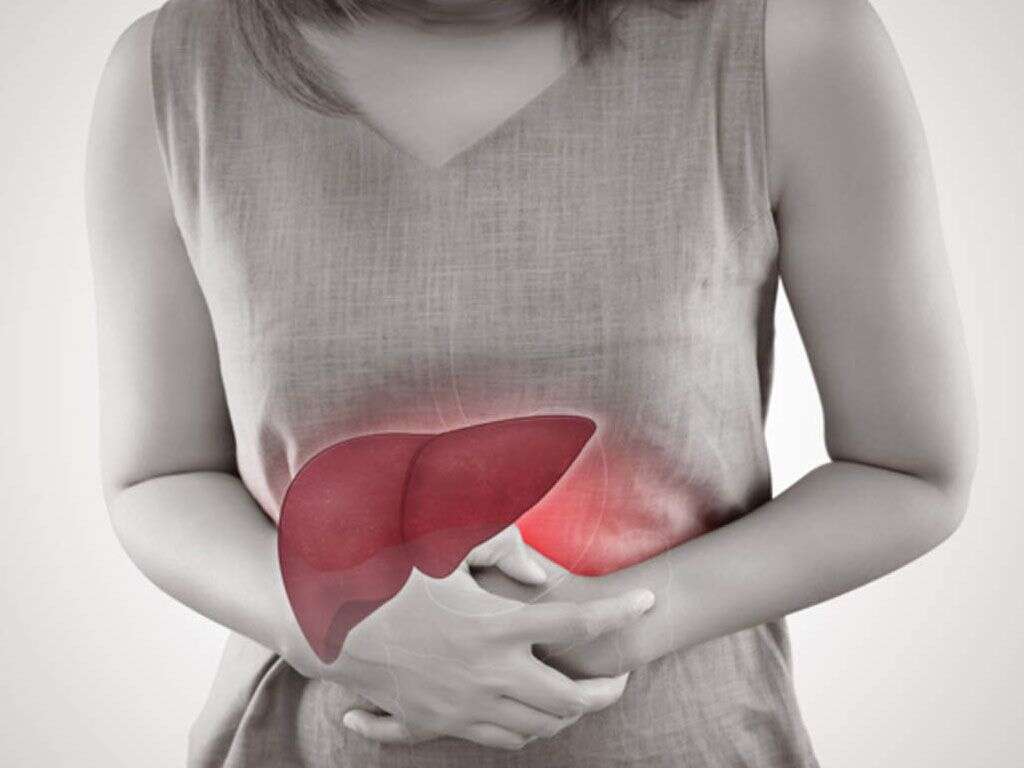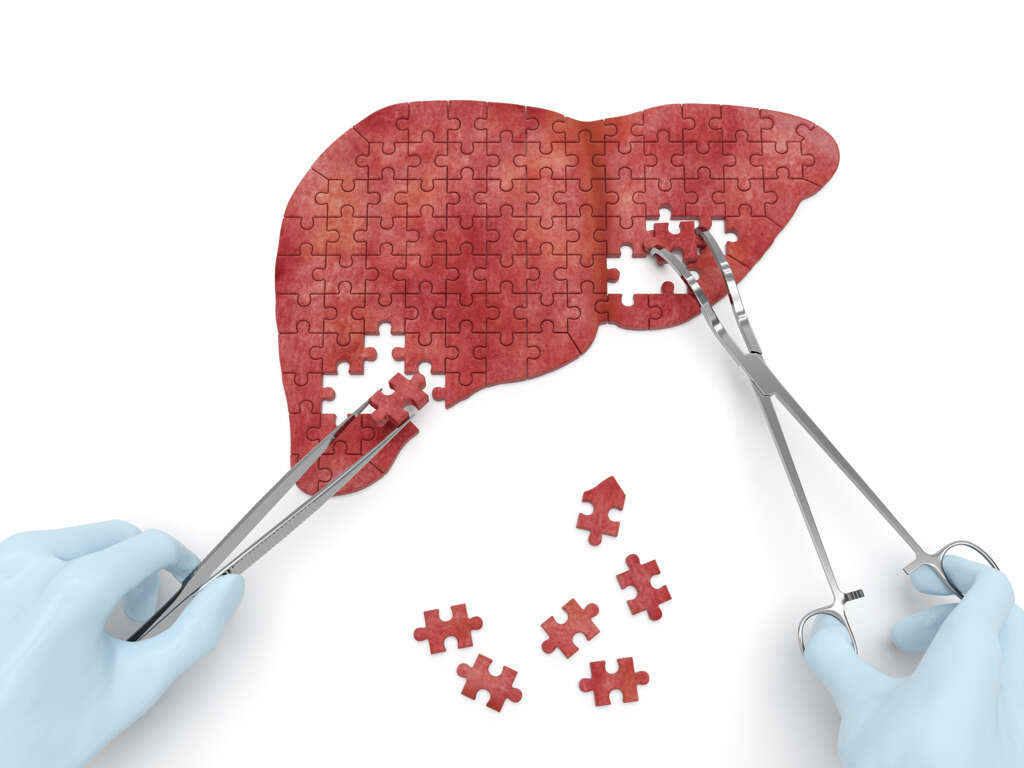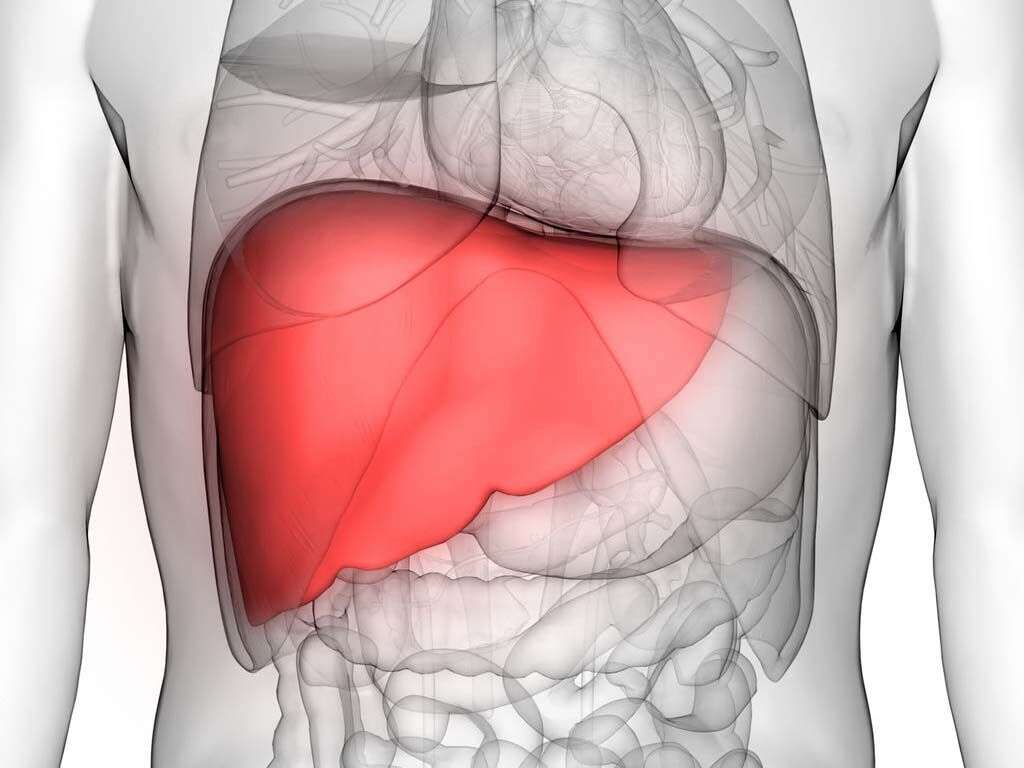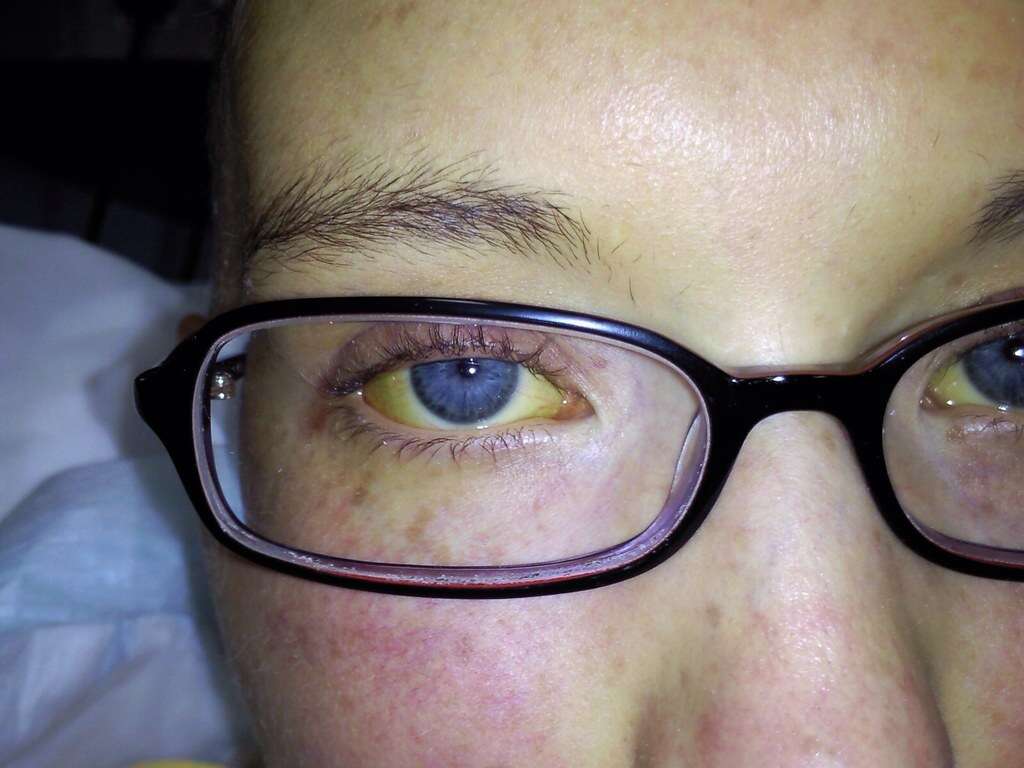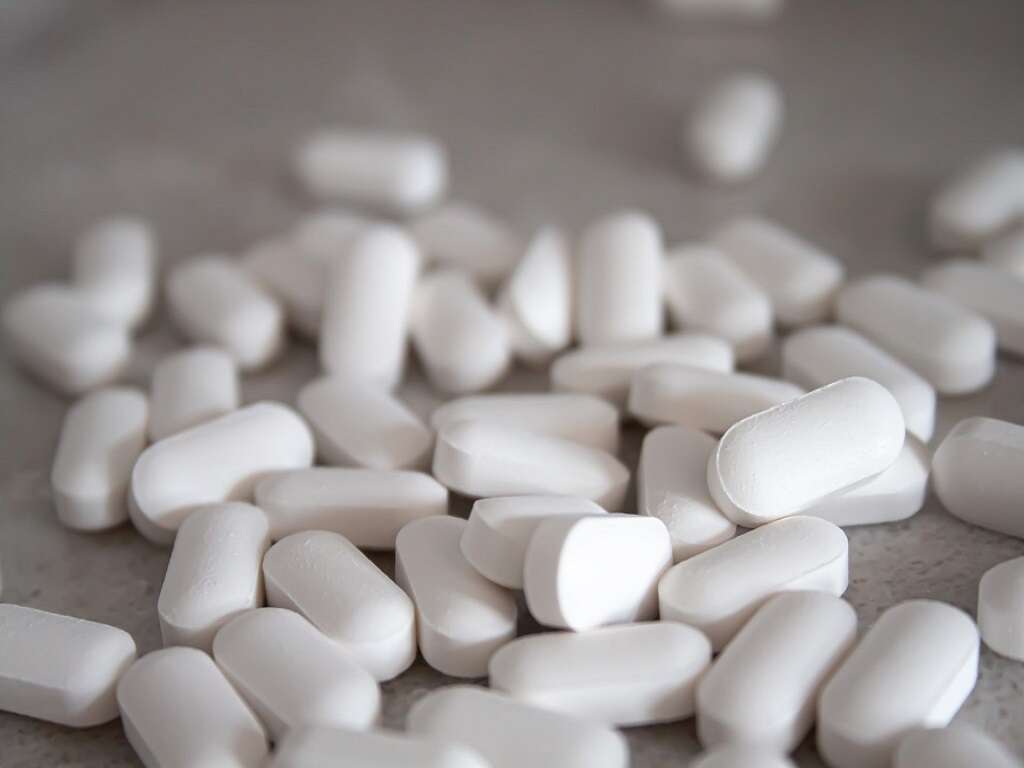What Is a Liver Cyst?
Cysts are quite common phenomena. They are usually sacs that are filled with fluid, but it is not always fluid they are filled with. They can happen pretty much anywhere on the body and most people are likely to develop at least one at some point in their lives. The good news is that cysts are usually harmless.
Cysts are usually non-cancerous, but they can still cause problems in a small number of cases. This generally happens when they grow so large, or there are so many of them that they begin to affect the surrounding tissues. Even when this does happen, they can usually still be treated.
1. Overview
As mentioned, cysts can develop pretty much anywhere on the body, and the liver is no exception. Liver cysts are quite rare, though, and only around 5% of people will develop them. Little is known why they occur, although they are often linked with other medical conditions.
The cysts will sometimes consist of a solid mass of cells. In other cases, they can be made of a type of fluid. Liver cysts are usually quite harmless, and many people won’t even be aware that they have one. The cysts can also usually be treated, that is if treatment is even deemed necessary.
2. Causes
For some people, their liver cysts are congenital, which means they have them when they are born. They can also show up at any age after that and they can affect people of all walks of life. Women are more likely to develop them than men are, however.
Bile is a fluid like substance that helps us to digest our food, especially food that is high in fat content. Liver cysts actually form in the bile ducts. These are tubes that allow the bile, which is made by the liver, to flow to the gallbladder. The bile will then be stored in the gallbladder until it is needed, at which point it is secreted into the small intestine.
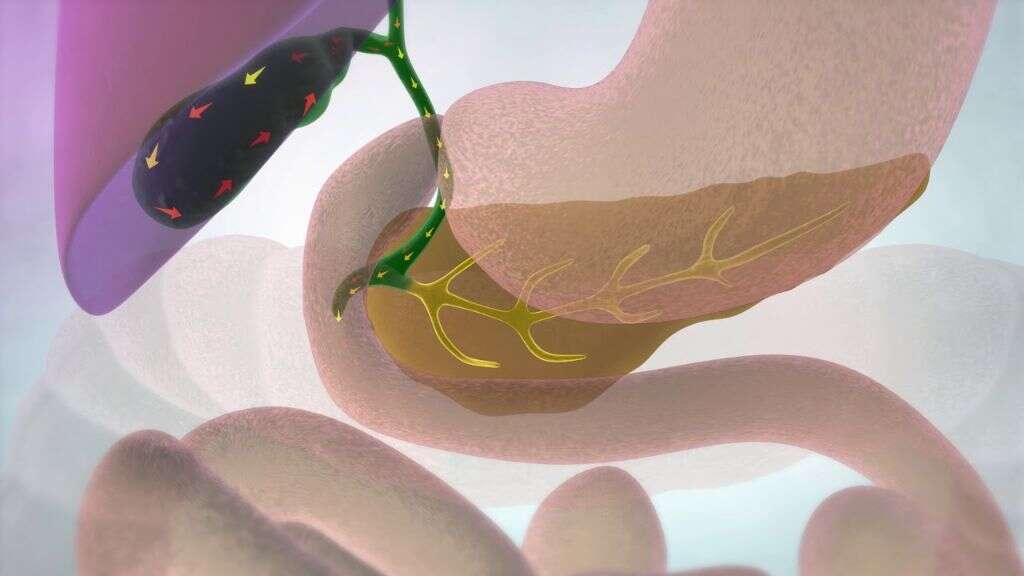
3. Echinococcus
One of the medical conditions associated with liver cysts is echinococcus. This is a type of tapeworm that belongs in the echinococcus family, and there are a few types that can infect people. Different types of the parasite are also known to infect different organs. One of the organs potentially infected is the liver.
The parasite is rare in the United States but it is more common in other parts of the world. The cysts caused by the parasite can rupture and this can be dangerous, with some cases resulting in fatalities. Echinococcus infections can usually be treated, however. Taking precautions can also help to make you a lot safer against contracting the disease.
4. Polycystic Liver Disease
In an even rarer number of cases, people will develop a condition known as polycystic liver disease. This means the patient will develop not only one cyst on their liver, but several. Even with several cysts on their liver, the patient may still not experience any significant problems.
Again, not a lot is known why this occurs, but it does often happen in people where there’s a history of it in their family. Even then, people without a family history of the condition can contract the disease. The disease does not usually cause complications, but it will result in potentially severe complications in a small number of cases.
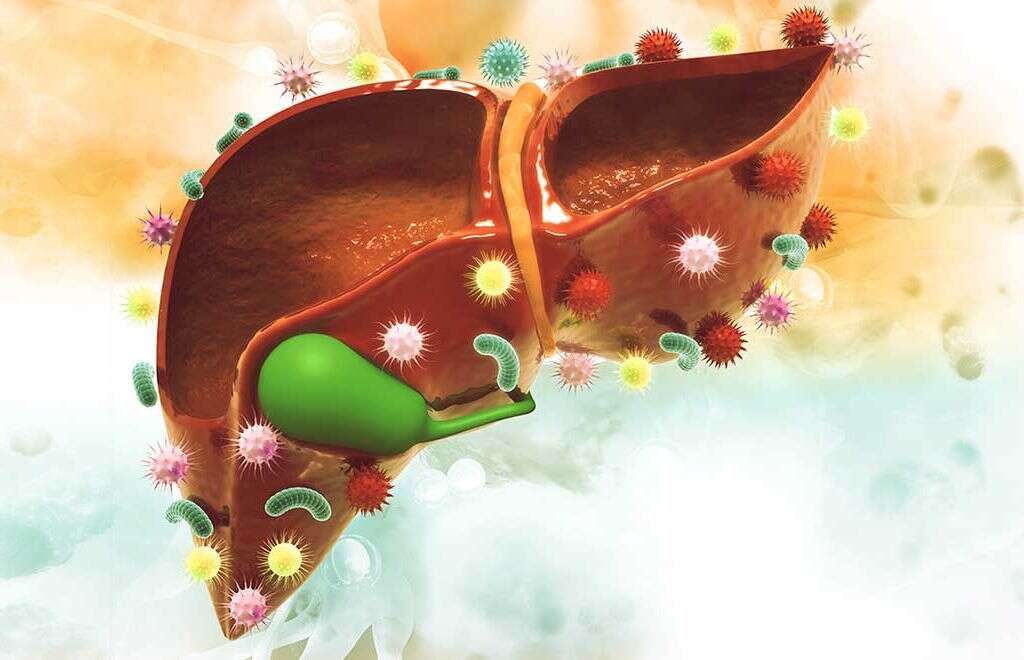
5. No Symptoms
As mentioned, people that have liver cysts will often experience no symptoms of the condition whatsoever. Many cases will go unnoticed and, when they are noticed, it is sometimes down to pure chance. The patient can go on experiencing no symptoms for as long as the cysts don’t grow too large or too numerous.
If the cysts do grow too numerous, however, or if they grow too large, then they can begin to cause some real problems for the patient. When the symptoms do arise, it is recommended that the patient sees a doctor to see just what is causing the problem.
6. Pain
One of the most likely symptoms that anybody with the condition will experience is pain. The pain will likely be found in the upper right region of the abdomen which is where the liver is located. The pain can come on very suddenly, and it is often described as a very sharp pain.
The pain tends to happen if the cysts begin to bleed for some reason. The cyst will usually stop bleeding by itself, and the pain will usually subside in a couple of days or so. Regardless, it is usually a good idea to get such pain checked out because there is a chance of the symptoms being caused by something serious.
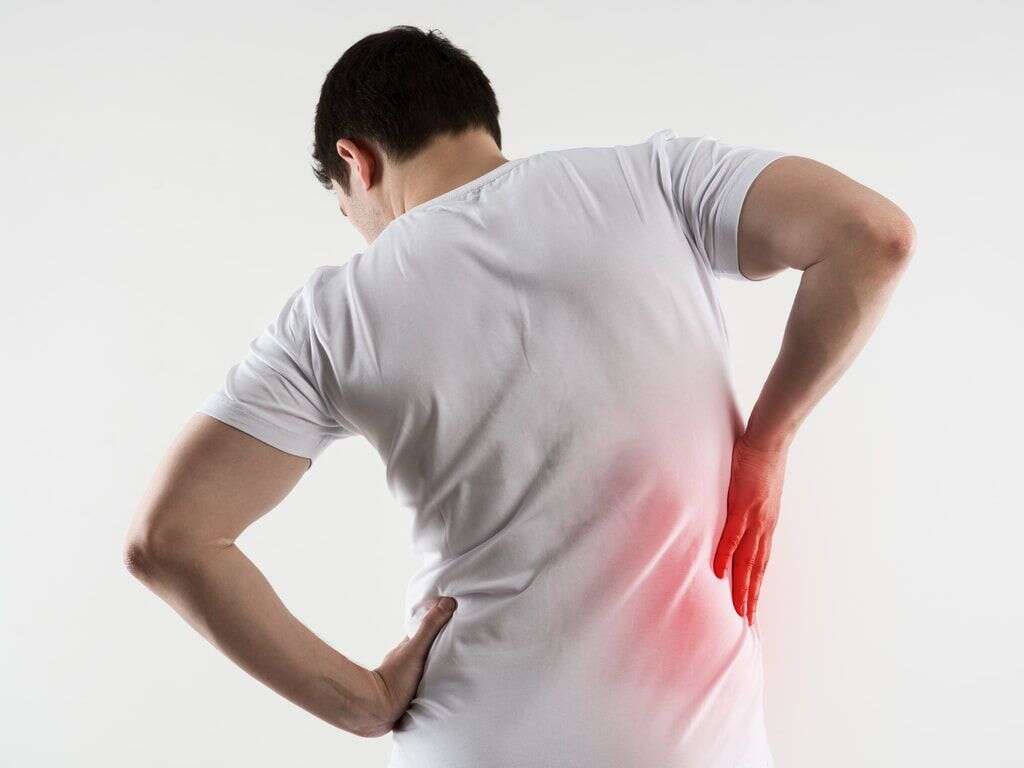
7. Bloating
Another potential symptom of liver cysts is bloating, which is likely to happen when the cysts become particularly large. The patient might also feel full regardless of how much or how little they have eaten. If the cysts are large enough then you might even be able to feel the cysts with your fingers from the outside.
Another symptom of liver cysts is that the patient will sometimes feel short of breath. Another symptom is reflux, also known as heartburn. The patient may also have indigestion, and they may also find it harder to move around than usual. While these symptoms can be uncomfortable, they are usually harmless, but more dangerous complications can sometimes arise.
8. Complications
As mentioned, liver cysts will cause potentially severe complication in a small number of cases. This is particularly the case with polycystic liver disease. One of the potential problems is heavy bleeding, which can be extremely painful for the patient. It can also result in excessive blood loss.
If the cysts are severe enough then they can begin to affect the ability of the liver to function properly. This can result in jaundice, among some other symptoms associated with liver function. There is also a chance that the cysts can become infected, and this can be a very serious condition indeed.
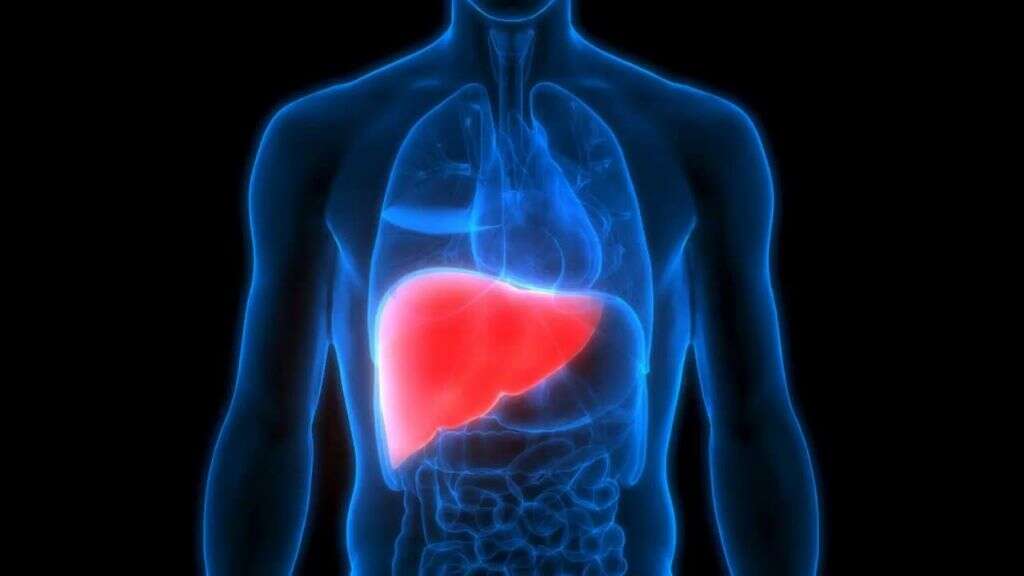
9. Diagnosis
Of all the people that will develop liver cysts, only around 5% will develop symptoms, and this means the vast majority of cases will go undiagnosed. When you do go and see a doctor about your symptoms, one of the first things that they are likely to do is to perform a physical examination.
Depending on the severity of the condition, the doctor may be able to feel that there is an issue with the liver physically. For a confirmed diagnosis, it will be necessary for further test to be undertaken. This will likely mean a CT scan or an ultrasound that will allow professionals to get a look at what is happening internally. This should be able to provide images that confirm the presence of cysts.
10. Treatment
In many cases, the decision will be made that treating liver cysts is not necessary. Regardless, it will still be a good idea to regular get check-ups in case the condition gets worse. If the cysts are considered to be severe enough, then surgery may be deemed necessary.
One option is to have the cysts removed completely. This is a procedure that is performed by way of a laparoscopy, and the patient will only likely spend one night in hospital. Another option is to use a long needle to help drain the fluid from the cyst. The cyst will sometimes return, however, so removal is often considered to be the best option.



